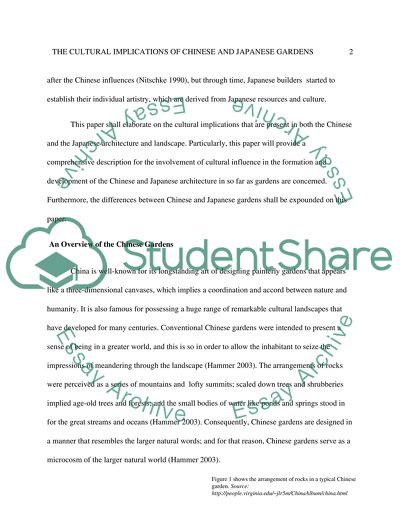Cite this document
(“CULTURAL CONTEXT: LANDSCAPE Essay Example | Topics and Well Written Essays - 2000 words”, n.d.)
CULTURAL CONTEXT: LANDSCAPE Essay Example | Topics and Well Written Essays - 2000 words. Retrieved from https://studentshare.org/architecture/1466220-cultural-context-landscape
CULTURAL CONTEXT: LANDSCAPE Essay Example | Topics and Well Written Essays - 2000 words. Retrieved from https://studentshare.org/architecture/1466220-cultural-context-landscape
(CULTURAL CONTEXT: LANDSCAPE Essay Example | Topics and Well Written Essays - 2000 Words)
CULTURAL CONTEXT: LANDSCAPE Essay Example | Topics and Well Written Essays - 2000 Words. https://studentshare.org/architecture/1466220-cultural-context-landscape.
CULTURAL CONTEXT: LANDSCAPE Essay Example | Topics and Well Written Essays - 2000 Words. https://studentshare.org/architecture/1466220-cultural-context-landscape.
“CULTURAL CONTEXT: LANDSCAPE Essay Example | Topics and Well Written Essays - 2000 Words”, n.d. https://studentshare.org/architecture/1466220-cultural-context-landscape.


